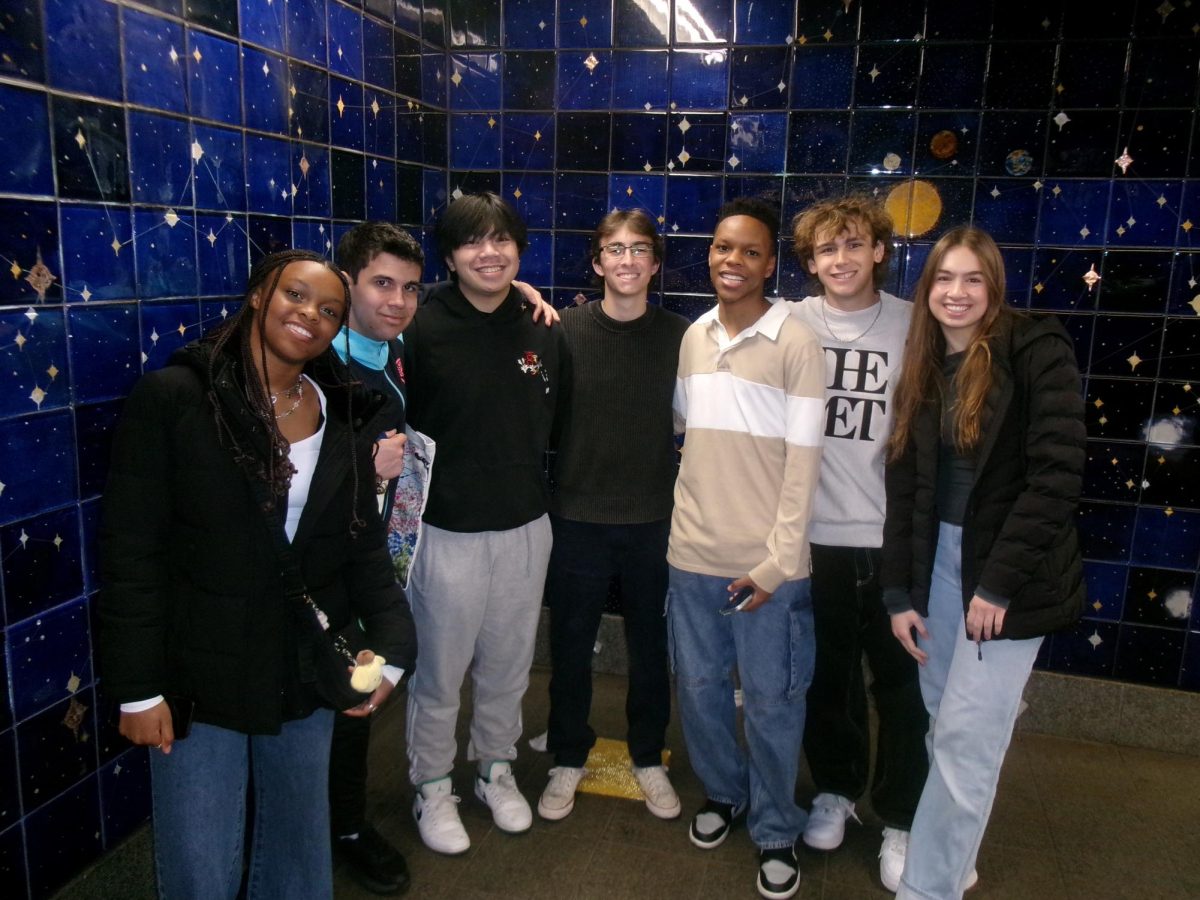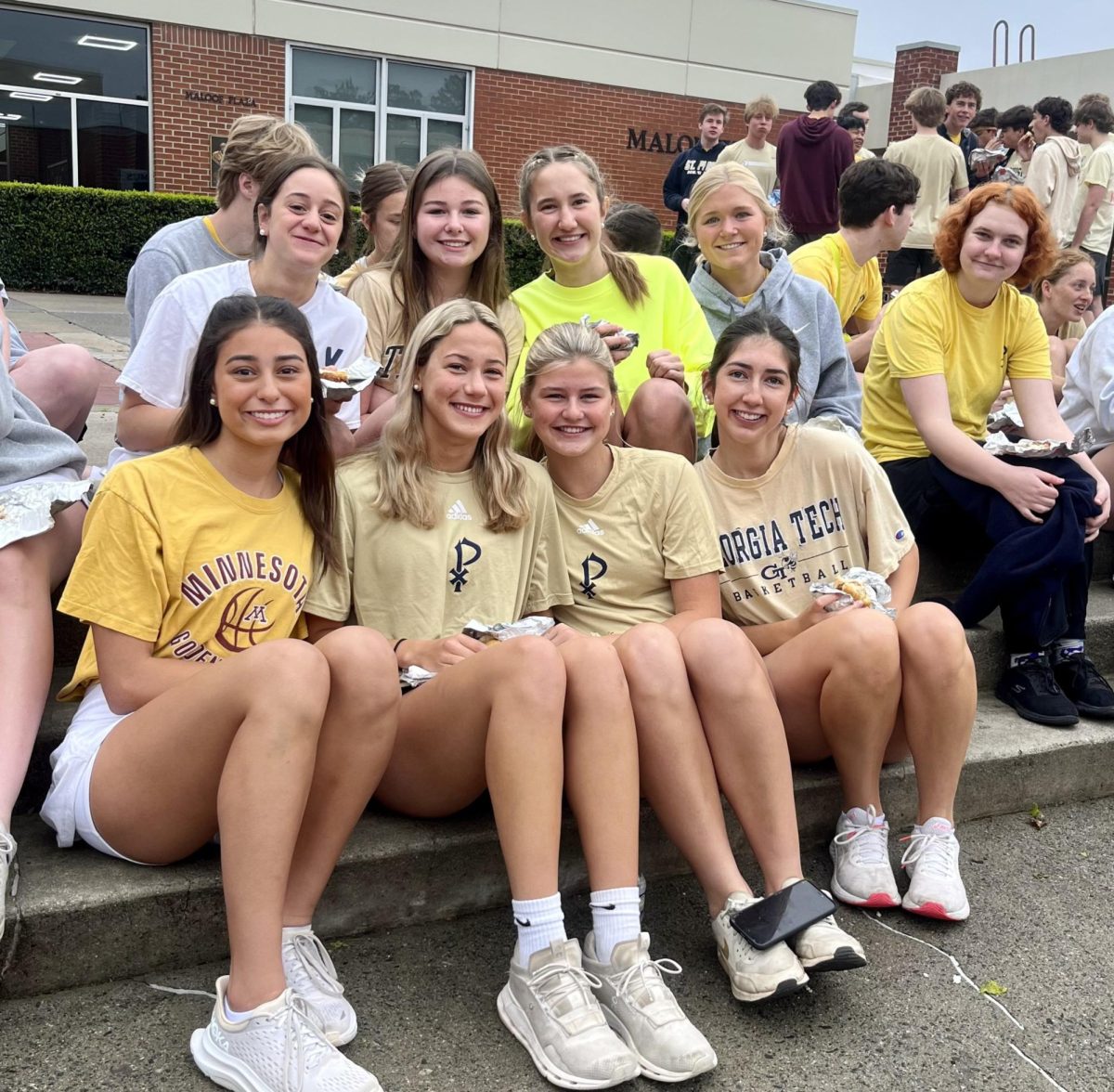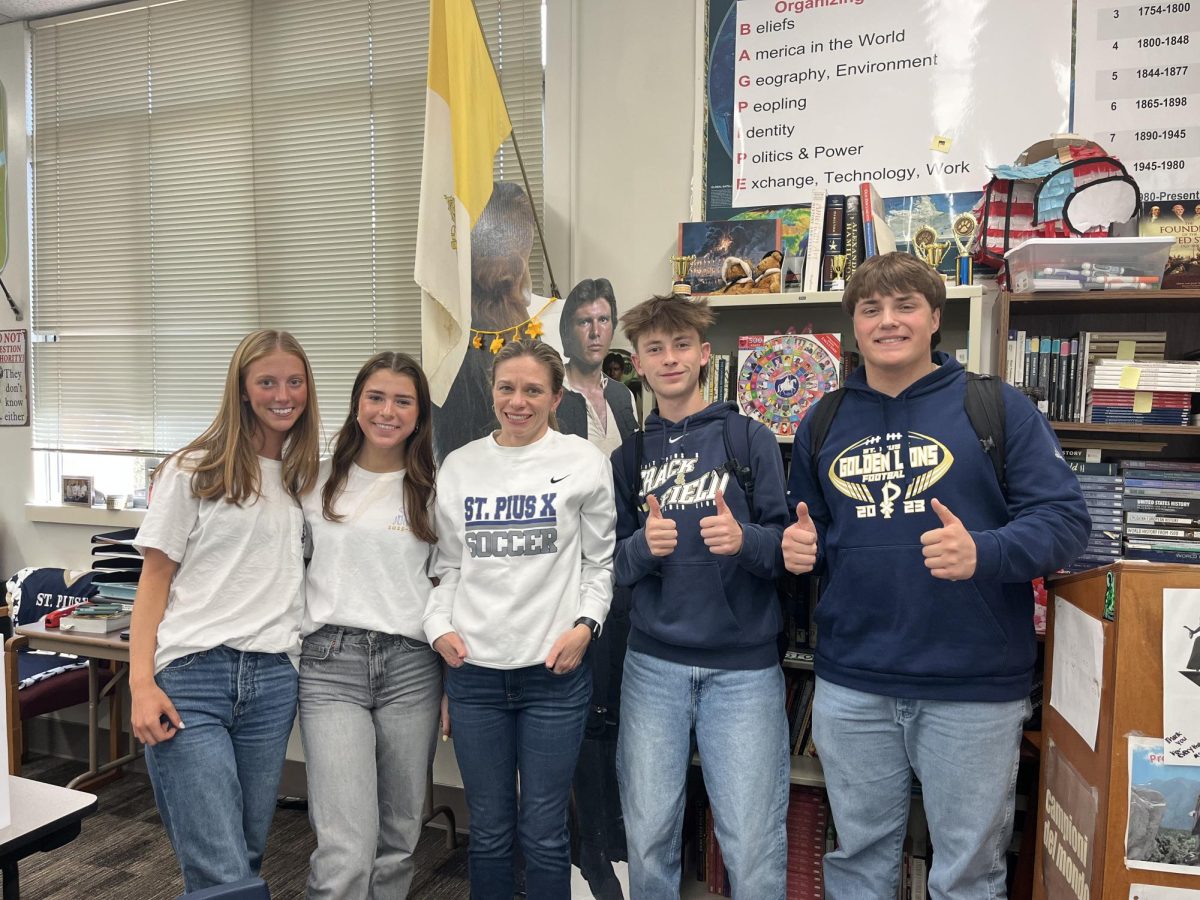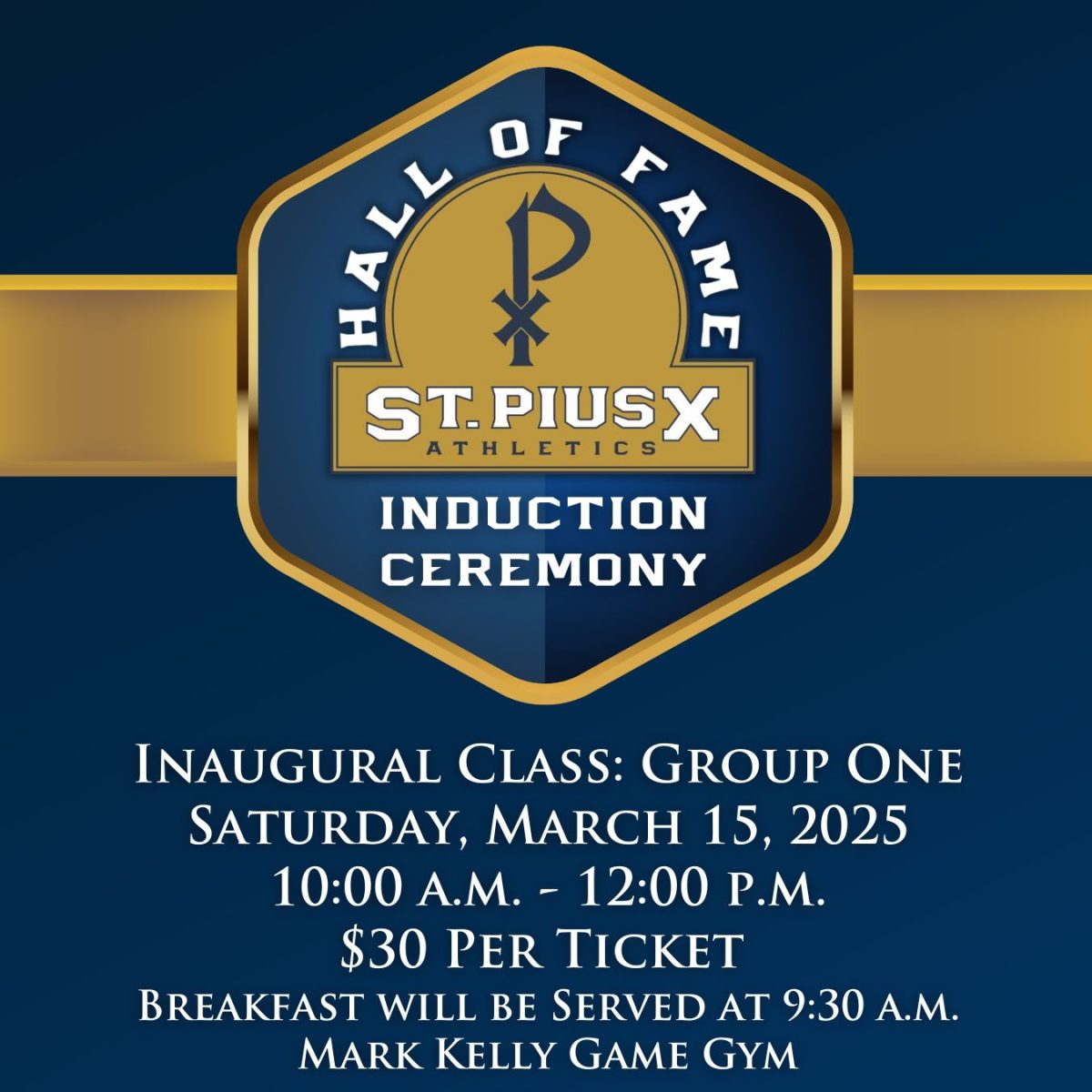With the death of Pope Francis at the age of 88 from a heart attack and stroke, the Catholic Church enters a historic moment of reflection and transition. The Papal Interregnum – a period marked by mourning and anticipation – has officially begun.
The Camerlengo (Chamberlain), Cardinal Kevin Joseph Farrell, has sealed the Papal Apartment of the Apostolic Palace, an ancient symbolic act signaling that the See of Peter is vacant. Notably, Pope Francis never lived in this opulent residence, choosing instead the modest Casa Santa Marta, a guesthouse within Vatican walls, a decision emblematic of his simple lifestyle and radical humility.
As Novendiales– nine days of mourning– unfold across the globe, preparations are underway for a large funeral Mass at St. Peter’s Basilica. The late pontiff will be laid to rest not in the Vatican, but in a humbler tomb at Rome’s Basilica di Santa Maria Maggiore, marked only by the inscription Franciscus. A benefactor, choosing to remain unnamed, will cover the funeral expenses, echoing the Pope’s ethos of simplicity and charity.
Crowds are expected to gather not just in Vatican City but also in Buenos Aires, where Jorge Mario Bergoglio, the son of Italian immigrants, was born and raised. Meanwhile, leaders from around the world are anticipated to attend the funeral Mass, a testament to the global influence Francis wielded not through force, but through faith, humility, and social conviction.
As the Church now turns inward, the ancient process of conclave awaits. Within 15 to 20 days, 135 of the 252 eligible cardinals– those under the age of 80– will enter the Sistine Chapel. There, beneath Michelangelo’s ceiling, they will pass paper ballots etched with the Latin words Eligo in Summum Pontificem– “I elect as Supreme Pontiff.” A candidate must secure a two-thirds majority to be named pope. Black smoke will rise if a decision is not reached; white smoke will billow when the Church has found its next leader.
Despite tradition allowing for any Catholic male to be chosen, the last non-cardinal pope was Urban VI in 1379. The process, rooted in millennia of custom, is expected to last two to three weeks.
The future pope will inherit a flock of 1.4 billion Catholics. Brazil holds the largest Catholic population at 116 million, but the faith is growing fastest in Africa. Over 64% of all Catholics reside in the Americas, according to CNN World.
Pope Francis’ legacy will be difficult to follow. He was the first Latin American pontiff, the first to visit the Arabian Peninsula, and a man unafraid of challenging convention. He opened Vatican roles to women, appointing the first female governor, and celebrated Mass on altars built from refugee boats, embracing those marginalized by the Church.
He called the internet a “gift from God,” amassed over 63 million followers on Twitter and Instagram, and was the first pope to use Facebook Live.
His theology, though grounded in tradition, was often revolutionary.
“All religions are a path to God,” he declared.
He said atheists could enter heaven, asked, “Who am I to judge?” when questioned about gay Catholics, and encouraged church leaders to listen to the laity rather than rule over them. He denounced war, capitalism without conscience, and racism.
Conservatives accused him of liberalizing doctrine, to which he replied, “It’s a suicidal attitude… to be closed up inside of a dogmatic box.”
Yet, despite his global stature, Pope Francis never saw himself as infallible.
“I am a siner,” he often reminded the world.
His last words, spoken softly to an aide after a ride in the Popemobile on Easter Day, captured his soul: “Thank you for bringing me back to the Square.”
As the cardinals prepare to select a successor, the world watches, hopeful that the next pope will continue to carry the torch Francis lit – one of humility, boldness, and unwavering compassion.










